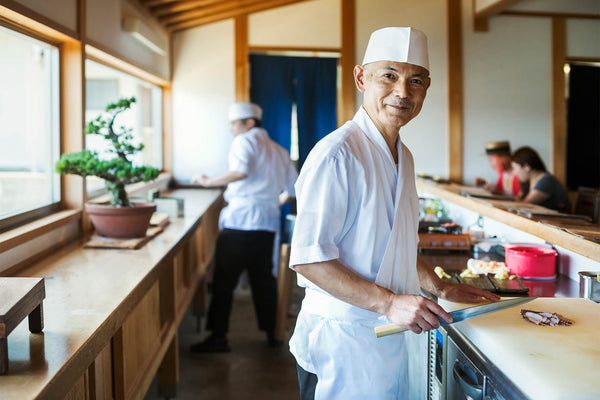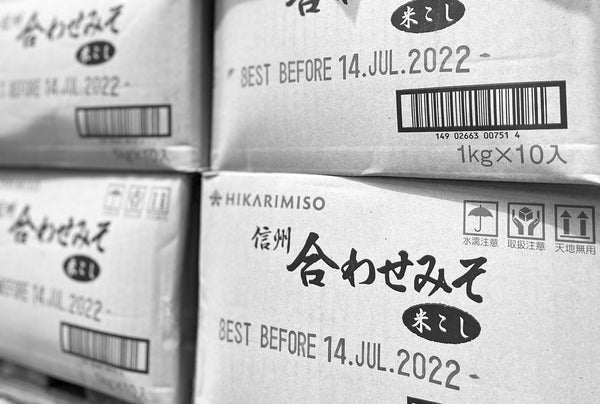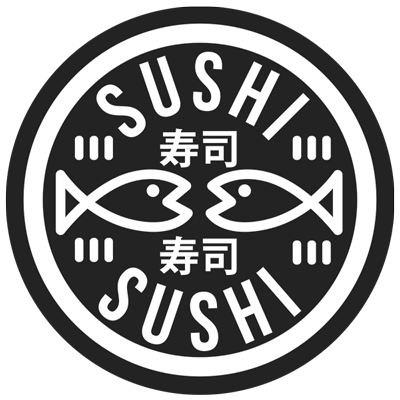5 Things You May Not Know About Sushi

Sushi is one of the world’s most popular types of food, with a long and distinguished history. As such, there are plenty of fascinating facts about this delicious form of cuisine. In this article, we’re going to take a look at some fun sushi facts you might not have heard before.

Photo credit Britannica
You can thank an earthquake for sushi restaurants
Prior to 1923, sushi was the ubiquitous street food of Japan, being cheap to make and easy to eat on the go. Following the catastrophic earthquake of that year, real estate prices in Tokyo plummeted, allowing enterprising sushi chefs to purchase their own restaurants.

The oldest type of sushi is an acquired taste
In southern Japan, near to Lake Biwa, they still use traditional, pre-refrigeration techniques for making sushi. This includes ageing carp fillets in vinegar rice for as long as three years until they are suitably fermented. The process results in a unique local delicacy known as funazushi which has a taste not dissimilar to a particularly pungent cheese.
Bluefin tuna is a modern addition to sushi menus
If you read our previous article on the sushi world records, you’ll know how much of a delicacy bluefin tuna is considered by modern sushi patrons. Prior to the 1950s, however, Japanese fishermen were loathe to try and capture these fish, as they were simply too strong. These massive, powerful fish could easily tear through their fishing nets, not only wrecking their equipment, but freeing the other fish they might have caught. With the adoption of stronger nylon netting across the industry, catching the bluefin tuna became more practical, not to mention profitable.
You don’t need to add wasabi to your plate
Putting a separate bowl of wasabi on your plate is very much a Western idea, as we discussed in a previous article. In Japanese sushi restaurants, the chef is trusted to put a thin layer of wasabi between the fish and the rice – enough to bring out the flavour of both.
Most wasabi isn’t green and most pickled ginger isn’t pink
A small caveat here – proper Japanese wasabi is green. However, the processed variety you find in most supermarkets and sushi chains is actually white horseradish, dyed green. Likewise, pickled ginger has a natural pale yellow colour (as you might expect given the colour of fresh ginger). It is dyed pink for purely aesthetic purposes, sometimes with food colouring and sometimes with beetroot juice.
We hope you found some of these facts interesting and that they change the way you look at your next plate of sushi, whether in a restaurant or made at home. For quality sushi ingredients and equipment, visit our online store.
Also in News

SushiSushi are Supported by the Japanese Government
Big News: We have now been added as an approved supporter of Japanese food by the Japanese Government itself! We have officially received our Program of Japanese Food and Ingredient Supporter Stores Overseas certificate from the Japanese Government. 🇯🇵 We are 1 of only 5 certified suppliers in the whole United Kingdom verified!*

Etiquette for sushi restaurants: the right way to eat sushi






